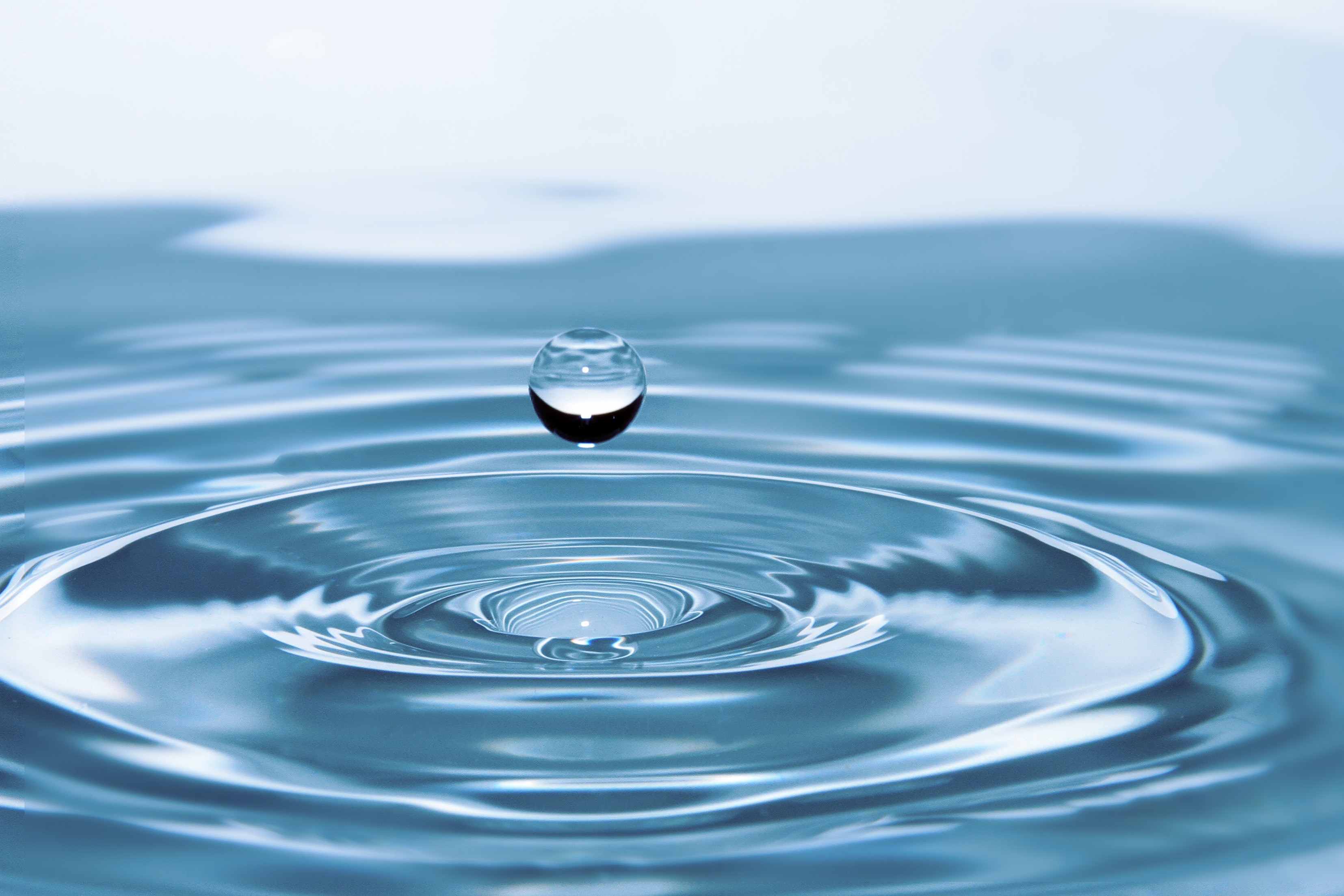
Clean water and public health are top priorities for us over at Clean Water Action which is why we are at the frontlines fighting for these issues in our State Capitol. We believe that access to clean, healthy and safe drinking water is the basis of health and wellbeing for everyone. For us, it all begins with water.
In order to put our drinking water first, we need our elected and appointed government officials to get on board by making smart decisions that protect our drinking water sources. However, this hasn’t been the case in our beautiful state.
537 public wells across the state have elevated nitrate levels and roughly 10% of private wells in vulnerable areas already exceed health limits. This is due to fertilizers that are carried by rain, irrigation and other surface waters into groundwater.
Yes — people have been impacted by this contaminated water from their groundwater sources.
Removing pollutants from water is an expensive process and 10 communities in Minnesota are facing bills of thousands of dollars per household to upgrade treatment plants to clean up after polluters mess. Not all Minnesotans can afford to pay that ensure clean water, nor should anyone have to.
Luckily, there are safeguards in place that allow the Minnesota Department of Agriculture (MDA) to step in under the Groundwater Protection Act. Currently, the MDA is taking advantage of the Act to propose the Groundwater Protection Rule which works with farmers and communities in places where nitrates in the water supply are already at or approaching unsafe levels.
However, bills that would protect groundwater still have to pass through the legislature. Right now the legislature is a huge roadblock that prevents the MDA from protecting groundwater and drinking water sources.
The state’s 2-part draft rule has some problems and is not perfect, however, it is a step in the right direction. Unfortunately, there are at least 5 bills in the legislature that undermine the draft rules.
These bills would exclude local farmers and communities from problem-solving for local groundwater concerns when nitrate from fertilizer is a key contributor. They would also make it difficult for the MDA to protect groundwater by only adopting the rule if the legislature approves it, blocking portions of the rule, setting minimum well contamination standards (15% of all wells instead of 10%) and exempt certain parcels of land from the rules.
Another problem we have with the rule is that it doesn’t extend its protection to those who may need it most -- private well-owners. Thousands of Minnesota families, especially in rural areas, rely on these private wells for their drinking water. They will not receive drinking water protection that their neighbors in town will receive under this rule, even though their wells are just as contaminated.
Unfortunately, the pace of change in the rule’s framework is too slow. A decade can go by before a farm operating on a public water supply wellhead area will be required to adopt practices needed to effectively protect the community’s drinking water.
This rule represents a start and an opportunity to show that we can act to protect our drinking water supplies so that everyone benefits — farm operators, local economies, and communities who drink the water. But we can’t protect just some residents and forget about the rest. We look forward to working with MDA to strengthen the proposed rule to leave no residents behind. All Minnesotans have a right to clean, safe and affordable drinking water.
Clean Water Action is ready to work with Governor Dayton and his agency to stop any attempts to rollback the MDA ’s authority to act to protect our public health and water quality.
Now is not the time for the legislature to interfere when we are trying to solve this drinking water problem. Please contact your legislators and tell them to let state agencies #ProtectOurWater!


